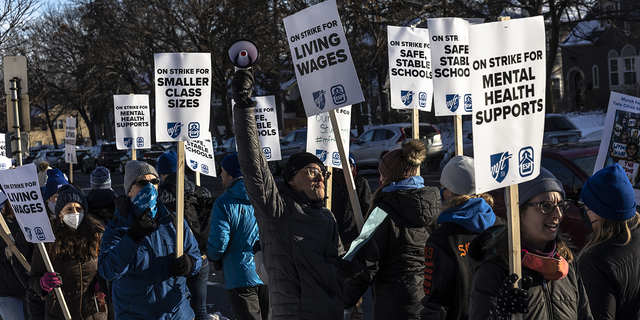

These supports provide equal access for all learners and optimize student engagement to address the barriers and strengths of individual students. Jesse identified that Read&Write could help meet those demands with built-in word Prediction, Dictionary, Highlighters, Translater and Talk&Type features (to name but a few).Īn effective MTSS framework considers student variability by planning for multiple supports, designed by UDL instructional practices. The research showed that both audiences shared similar cortisol (stress hormone) levels, as students didn’t feel as though they had the tools or skills to meet the demands of the classroom. To explain how Read&Write supports SEL, Jesse started with sharing a piece of research that compared people who had recently encountered a tiger in the wild with students preparing to enter a classroom. Jesse demonstrated how the tool could help bridge the gap of structural inequities and pandemic learning recovery to meet the district’s outlined needs and priorities: Read&Write helped students access learning by:
#Mps public schools free
MPS provided a free version of the assistive technology Read&Write to all their students, and supplied the paid version (with advanced features) to those who needed it.

Jesse Morgan, District Program Facilitator at Minneapolis Public Schools (MPS) and Head of the Assistive Technology Center at MPS, is experienced in using a variety of Assistive Technology (AT) tools including, Read&Write.


 0 kommentar(er)
0 kommentar(er)
